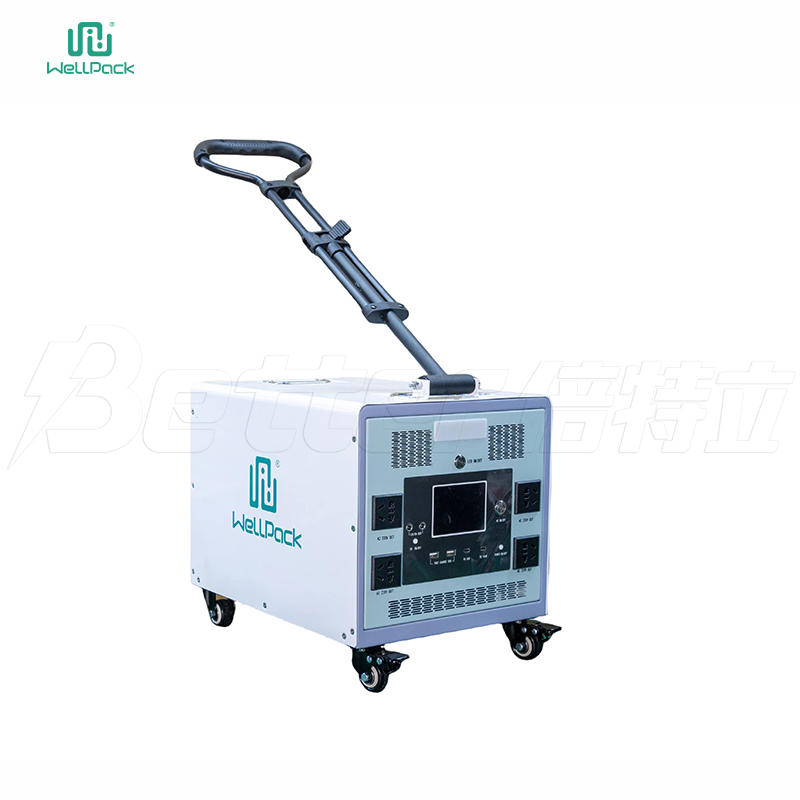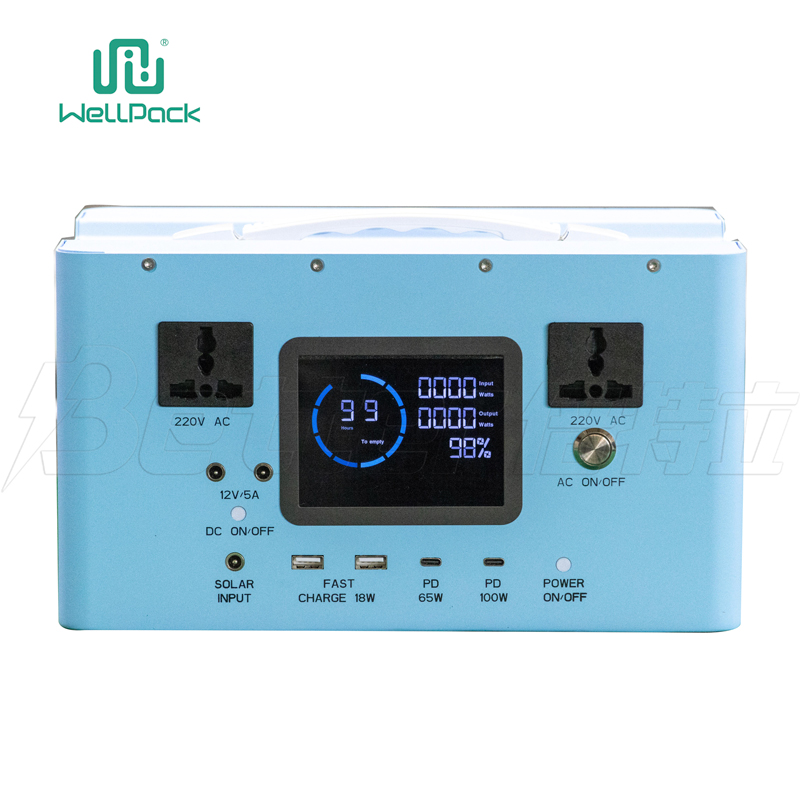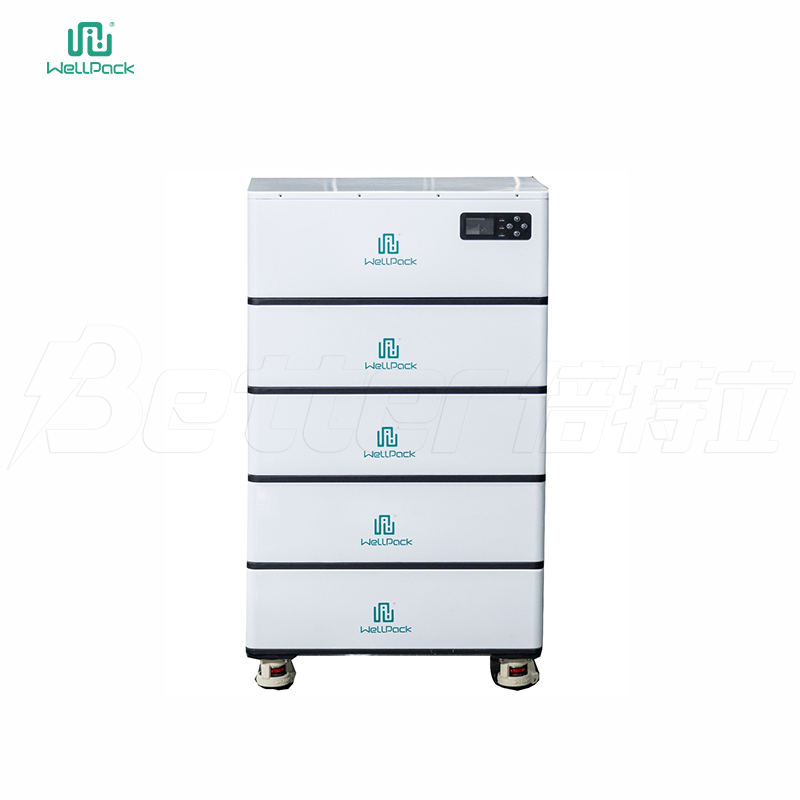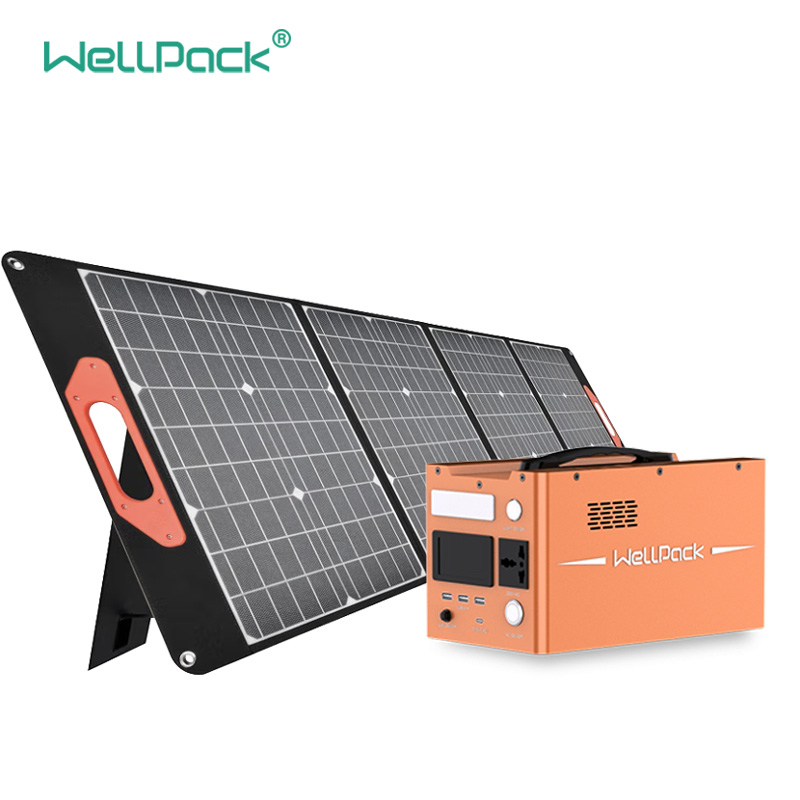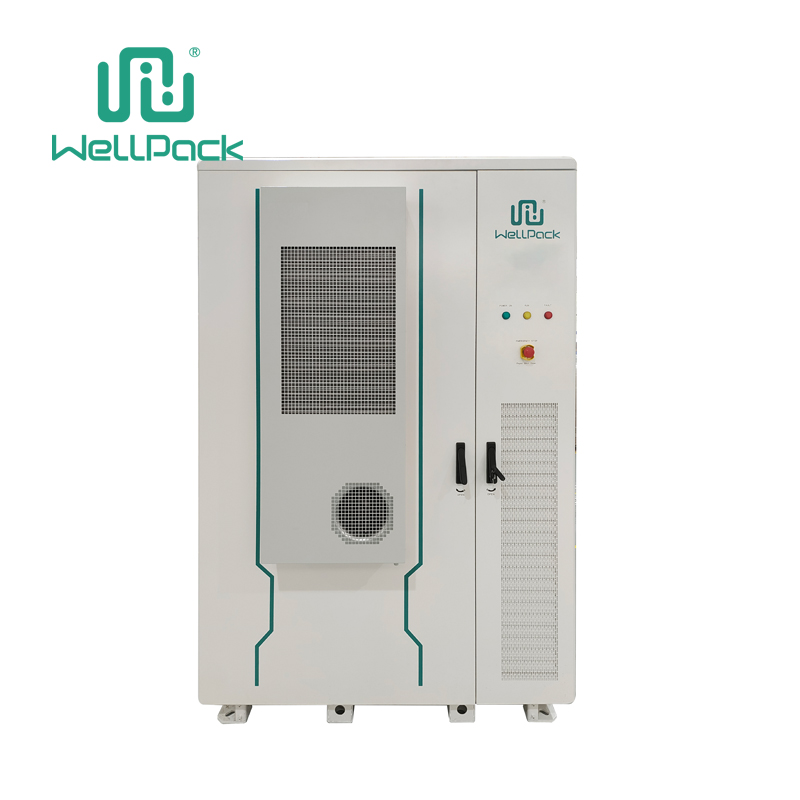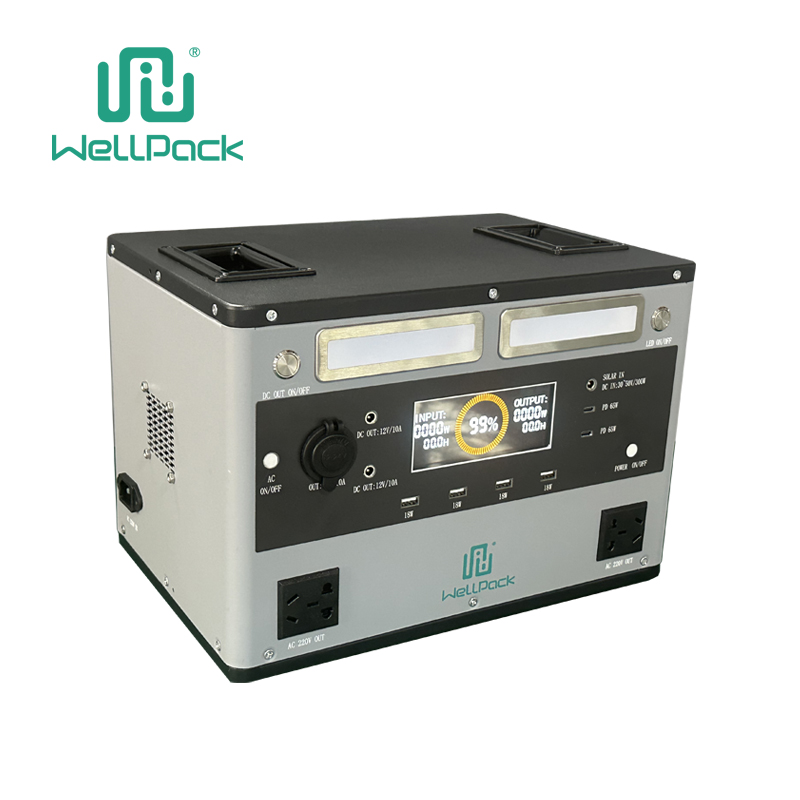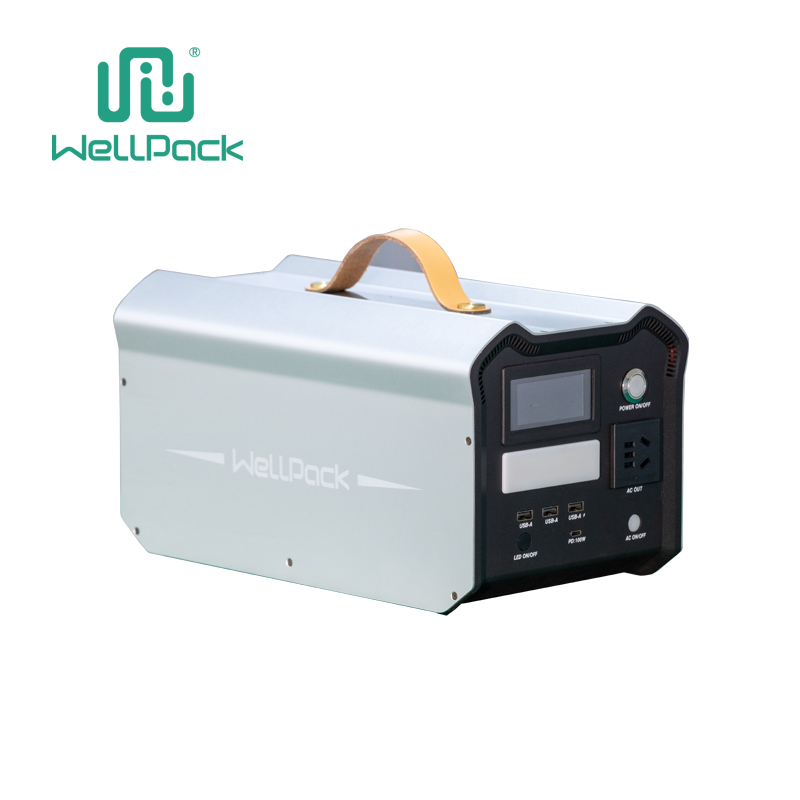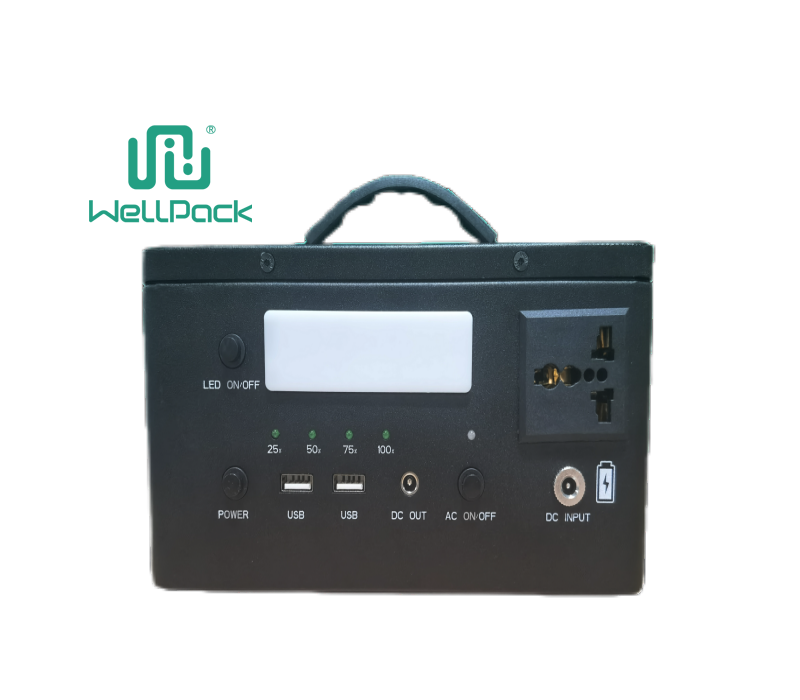" The development of large batteries is imminent, and it is time for them to change the market development pattern. " Recently, Liu Jincheng, chairman of Yiwei Lithium Energy, shared his latest views at an industry conference and said, "Yiwei Lithium Energy proposed the development direction of large iron lithium and large cylindrical batteries a few years ago ."

"If the Wakayama plant establishes mass production technology, it will become a 'weapon' for (Panasonic Energy) to gain an advantage in the competition for (power battery) orders." Recently, Japan's Panasonic announced that it has completed preparations for mass production of 4680 large cylindrical batteries for automobiles . According to Nikkei Chinese website, "In order to return to the top from the current fifth place in the world (power battery installed capacity ranking), Panasonic has placed its fate on the Wakayama plant."
Recently, the two leading power battery companies mentioned above have respectively revealed their latest layout and progress in the industrialization of large cylindrical batteries, which has attracted widespread attention in the industry.
In fact, the industrialization progress of large cylindrical batteries this year has been quite bumpy.
As the originator of the 4680 large cylindrical battery for electric vehicles, the American automaker Tesla has gone from being “determined to win” to being exposed to “discontinuation of production”, and then its CEO Musk issued an “ultimatum” to the 4680 battery technology team. So far, whether Tesla can mass-produce and install its dual-dry process “complete” version of 4680 batteries before the end of this year as planned remains a mystery.
It is worth mentioning that after several years of strategic planning and technological exploration, Chinese battery companies have already formed certain technical reserves and commercialization trends in the field of large cylindrical batteries such as 4680. At the same time, Japanese and Korean battery companies represented by Panasonic and LG Energy Solution are also not simple in their layout in this field.
At present, large cylindrical batteries, which are regarded as the "game changer" in the power battery market, have opened the curtain on the global "melee".
01
Nearly 500GWh of intended orders
Downstream verification is expected to be completed in due course
In the field of large cylindrical batteries , according to the 2024 semi-annual report of Yiwei Lithium Energy, it has taken the lead in achieving mass production and delivery of 46 series large cylindrical batteries in China. As of June 18, the company has delivered more than 21,000 such batteries for vehicles, of which the longest mileage of the supporting vehicles is 83,000 kilometers.
On September 9, Yiwei Lithium Energy also announced that it plans to raise funds to increase its battery production capacity layout. It plans to build a 23GWh cylindrical lithium iron phosphate energy storage power battery project and a 21GWh large cylindrical passenger car power battery project . The related products will be mainly used in the energy storage and passenger car fields.
According to the information, the "(annual production) 21GWh large cylindrical passenger car power battery project" raised funds this time will produce 46 series ternary large cylindrical batteries that will be independently developed by Yiwei Lithium Energy and promoted in cooperation with customers. The customers of this product are mainly new energy vehicle companies, and the verification of some customers is expected to be completed in 2024, and the verification process of some overseas customers is expected to be completed in 2026.
It is worth mentioning that according to public information, as of the end of 2023, Yiwei Lithium Energy's ternary large cylindrical battery has obtained a total of about 486GWh of customer intention demand in the next five years. Among them, the written input demand is about 344GWh (the intended demand corresponding to customers who have been supplied in batches or have obtained designated points is 188GWh), and the non-written input demand is about 142GWh.
The intended demand of nearly 500GWh means that the market has strong interest in Yiwei Lithium Energy's large cylindrical ternary batteries.
It is well known in the industry that ternary large cylindrical batteries are mainly aimed at the new energy vehicle market, and the production cycle of new energy vehicles is relatively long, and the requirements for power battery safety and adaptation are relatively high. It takes a long time for car companies to conduct research and demonstration on downstream demand and verify upstream battery suppliers. Therefore, the above-mentioned intended demand provides a prerequisite for the large-scale introduction of Yiwei Lithium Energy's large cylindrical batteries into domestic and foreign car companies.
02
Catching up with CATL
Panasonic Energy "bets" on large cylindrical batteries
Also on September 9, Japan's Panasonic announced that it has completed preparations for mass production of 4680 large cylindrical batteries for automobiles. Its Wakayama plant in western Japan will become the parent plant for the production of 4680 large cylindrical batteries, and the new pilot process will be implemented in other plants around the world. It is expected that by March 2025, the plant will have about 400 people involved in battery development and production.
It is reported that in addition to supplying Tesla, the factory is also responsible for teaching the mass production technology of 4680 batteries to its US factory.
Nikkei Chinese website quoted data from Techno System Research, saying that in the global automotive battery shipment ranking in 2023, Panasonic Energy ranked fifth with a share of 6.1%.
According to the latest industry data, the TOP10 global electric vehicle battery installation capacity data from January to July 2024 released by South Korea's SNE Research shows that from January to July, Panasonic Energy's share was 4.3%, a year-on-year decrease, and its ranking dropped to 7th place. It is the only company among the TOP10 companies with a decline in installation capacity. Its installation capacity was 18.8GWh, a year-on-year decrease of 25.4%, in contrast to the industry's overall positive growth of 22.4%.
According to Nikkei Chinese website, if the Wakayama plant establishes mass production technology, it will become a "weapon" to gain an advantage in the competition for orders. Large European automakers are considering adopting 4680, which will provide momentum for Panasonic to catch up with China's CATL's leading position in the market. Panasonic officials said frankly: "It is no exaggeration to say that the Wakayama plant will control the fate of the pure electric vehicle battery business."
Industry insiders said that the global electric vehicle demand has slowed down in several major markets, and battery companies are generally under pressure. As the leading battery companies in China and South Korea maintain positive growth in installed capacity, Panasonic Energy has begun to pin its hopes on 4680 batteries. In addition, there are reports that if Tesla cannot mass-produce its dual-dry method "complete" version of 4680 batteries on schedule, Musk may abandon the plan to expand 4680 battery production internally and rely mainly on external suppliers to provide this technology, and Panasonic's 4680 batteries will also be supplied to Tesla.
In terms of the market , although it remains to be seen whether Tesla can mass-produce its dual-dry method "complete" version of the 4680 battery, this has not affected the market's pursuit of large cylindrical batteries such as 4680.
03
Large cylindrical batteries may be put into mass production
The demand for large cylindrical batteries from not only Tesla, but also automakers such as BMW, Ford, General Motors and Volvo is stimulating battery companies to continue to focus on this field.
Compared with the traditional 1865 and 2170 small cylindrical batteries, in the large cylindrical battery camp represented by models such as 4680 and 4695, there are currently mainstream domestic and foreign battery companies including CATL, EVE Energy, BYD, Envision Power, Zhengli New Energy, Guoxuan High-tech, Lishen Battery, BYD Battery, Ruipu Lanjun, Sinotruk, Panasonic, LG Energy Solution, etc., which have entered the large cylindrical battery track.
It is reported that CATL, EVE Energy and Envision Power have become BMW's suppliers of large cylindrical batteries. Among them, EVE Energy launched its new large cylindrical battery product Omnicell this year; its passenger car large cylindrical battery production base in Debrecen, Hungary, started construction at the end of last year. Envision Power 's zero-carbon battery factory in South Carolina, the United States, started construction in June 2023, with a planned annual production capacity of 30GWh, and is expected to provide BMW with 46 series large cylindrical batteries from 2026.
Guoxuan High-tech's ternary system 46 large cylindrical product Xingchen Battery is expected to be mass-produced in the fourth quarter of this year; Zhengli New Energy 's Zhengli Qilong large cylindrical battery system supports large-scale pure electric MPV models with a full charge range of more than 1,000 kilometers; Lishen Battery's first-generation 46 series large cylindrical battery can meet the 1,000-kilometer range requirements of passenger cars; BYD Battery's 4680 battery cell has an energy density of more than 302Wh/kg, and the full-tab 4695 battery cell has an energy density of more than 270Wh/kg; Zhongxin Aviation plans to achieve mass production of its 46 series 6C charging rate large cylindrical battery by the fourth quarter of 2024.
At the same time, Korean battery companies such as LG Energy Solution and Samsung SDI also plan to realize the mass production of large cylindrical batteries within this year. By then, there may be a mass production boom of large cylindrical batteries.
Analysts believe that the main reasons why companies in the industry chain are actively embracing large cylindrical batteries are: The capacity of 4680 batteries is five times that of 2170 batteries, which not only increases the mileage of electric vehicles, but also reduces the number of cells required for the same battery pack capacity (taking Tesla Model Y as an example, 2170 batteries require about 4,000, while 4680 batteries only require about 800), thereby improving the battery pack efficiency; under the same capacity, 4680 cells reduce the number of cell connections and welding, and costs are also greatly reduced, which in turn helps to reduce the cost of electric vehicles and form a competitive advantage.
For battery companies, large cylindrical batteries are a new "breakthrough point". Battery companies that have already made arrangements are "finding new ways" to cultivate new growth points, which may shake up the global installed capacity rankings in the future.

